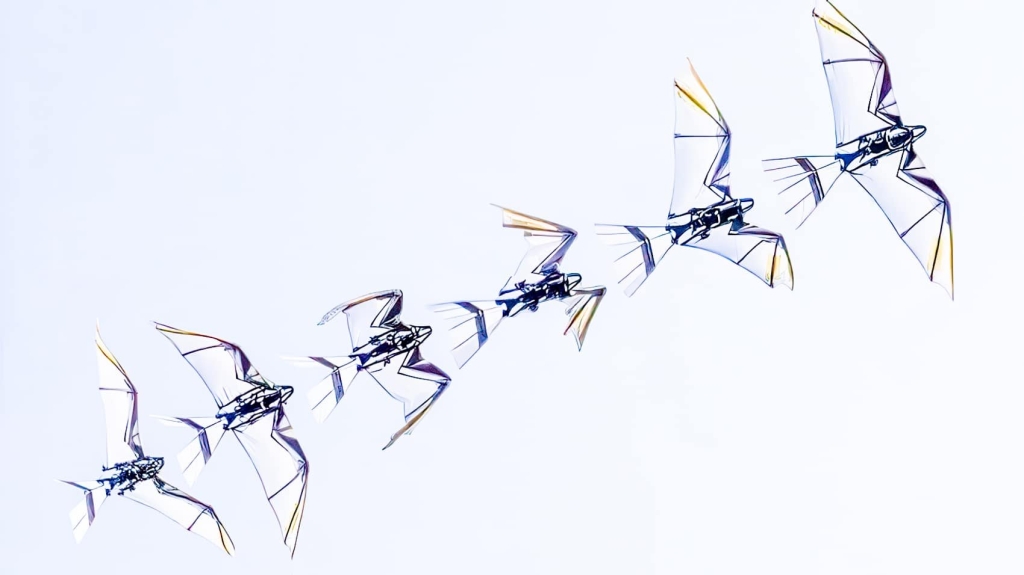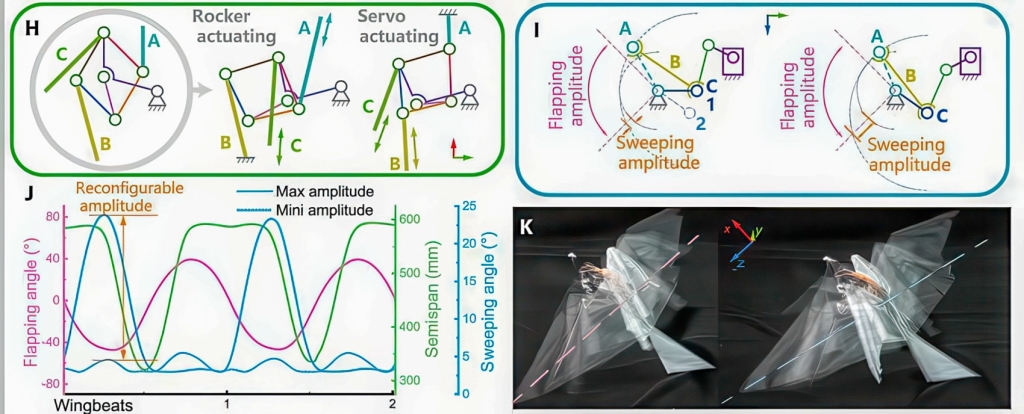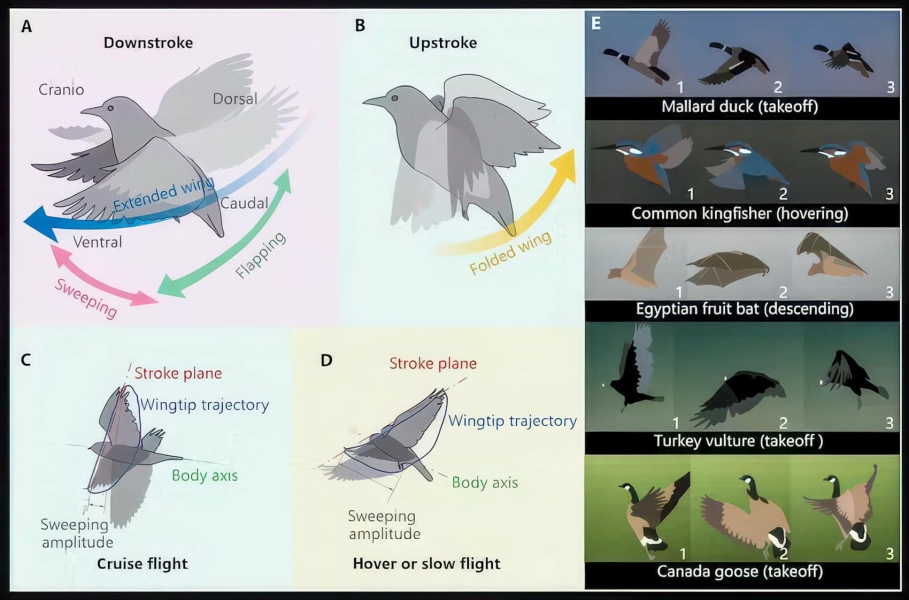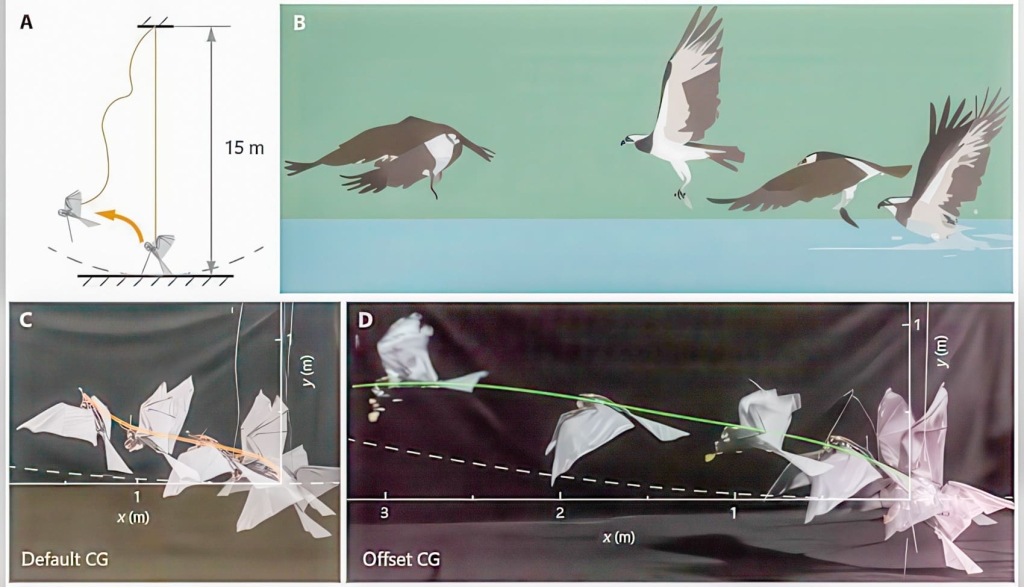RoboFalcon 2.0: The Drone That Flies Like A Bird

Amazon DEALS: DJI Mini 4K now $249 (-17%) and DJI Osmo Action 4 drops to $249!
For every drone pilot who has watched a bird effortlessly glide on the wind and felt a pang of jealousy, this one’s for you. Researchers at Northwestern Polytechnical University have unveiled RoboFalcon 2.0, a flapping-wing drone that so perfectly mimics the flight of a bird that it can take off and fly slowly on its own—a massive breakthrough for this type of aircraft.

This isn’t just a cool science experiment; it’s a revolutionary step towards creating drones that are far more efficient and agile than anything we have today. It’s a glimpse into a future where our drones might trade their propellers for feathers.
The Problem with Propellers
Our modern quadcopters are amazing machines, but let’s be honest, they are brutish and inefficient. They use a huge amount of energy to stay in the air, which is why even the best consumer drones struggle to get more than 30-40 minutes of flight time.

Birds, on the other hand, are masters of efficiency. They can soar for hours, or even days, on minimal energy. The dream of the drone industry has always been to replicate that natural, effortless flight. The first version of the RoboFalcon was a good start, but it couldn’t take off on its own or fly slowly. RoboFalcon 2.0 has solved that problem.
The Secret is in the Flap-Sweep-Fold
The genius of RoboFalcon 2.0 is its new flap-sweep-fold (FSF) mechanism. This is a complex system that combines three distinct motions into a single, fluid wingbeat, perfectly mimicking the way a real falcon or a bat flies at low speeds.

- Flapping: Provides the primary lift.
- Sweeping: Moves the wings forward and backward to create thrust.
- Folding: Reduces drag on the upstroke, making the entire motion incredibly efficient.
The engineering is brilliant. Instead of using multiple heavy motors to control these motions, the team designed a system that uses a single, powerful actuator to drive the entire wingbeat cycle. This keeps the drone light enough to actually get off the ground. Wind tunnel tests and real-world flights have confirmed that the system works, allowing the drone to take off, fly, and loiter at low speeds.
The Future of Efficient Flight
While the RoboFalcon 2.0 is still a research prototype—the team admits it still struggles with hovering and high-speed stability—it is a massive leap forward. The potential for this technology is enormous.
Imagine a future where delivery drones can glide for hours on a single battery charge, dramatically increasing their range and reducing their environmental impact. Or a surveillance drone that can silently circle over a target, perfectly mimicking a large bird to avoid detection.
This is the promise of bio-inspired design. It’s about learning the lessons that nature has already perfected over millions of years of evolution and applying them to our own creations.
DroneXL’s Take
As a pilot who is constantly, obsessively checking my battery percentage, this story is like a dispatch from the promised land. The idea of a drone that sips power instead of guzzling it is the holy grail for every single one of us who flies. The 52-minute flight time on my Mini 5 Pro feels prehistoric compared to what this technology could one day achieve.
We are still a very long way from seeing a flapping-wing DJI drone on the shelves at Best Buy, specially in the US. The mechanical complexity of a system like this is immense, and perfecting its stability and control is a monumental challenge. As the researchers themselves admit, it’s not perfect yet.
But this is how true innovation happens. It happens in university labs, with brilliant people who are willing to look at a problem from a completely different angle. Instead of just trying to build a better propeller, they are trying to build a better wing.
This research is a beautiful and humbling reminder that no matter how advanced our technology gets, nature is still the ultimate engineer. We have so much to learn from the simple, elegant perfection of a bird in flight. And for me, that is an incredibly exciting thought.
Photo credit: School of Aeronautics, Northwestern Polytechnical University, Xi’an, China
